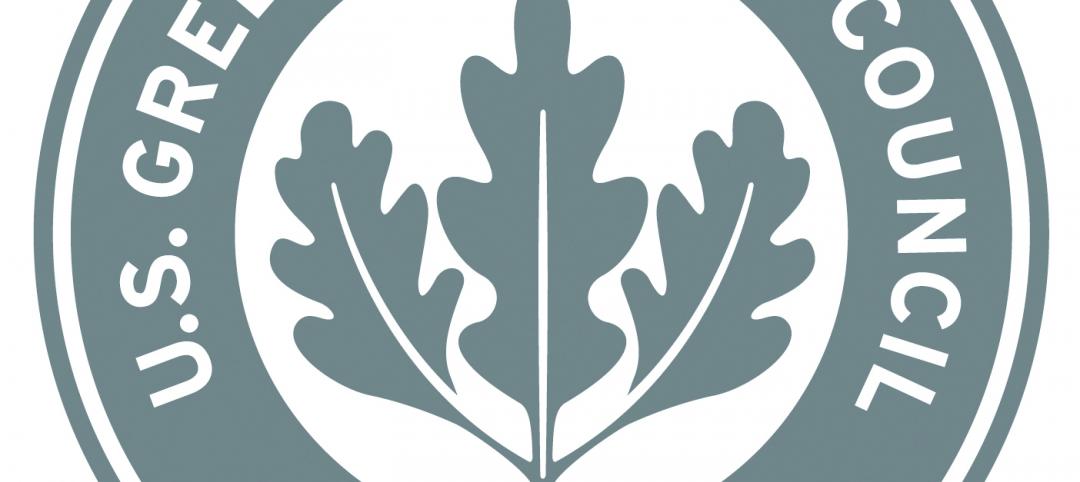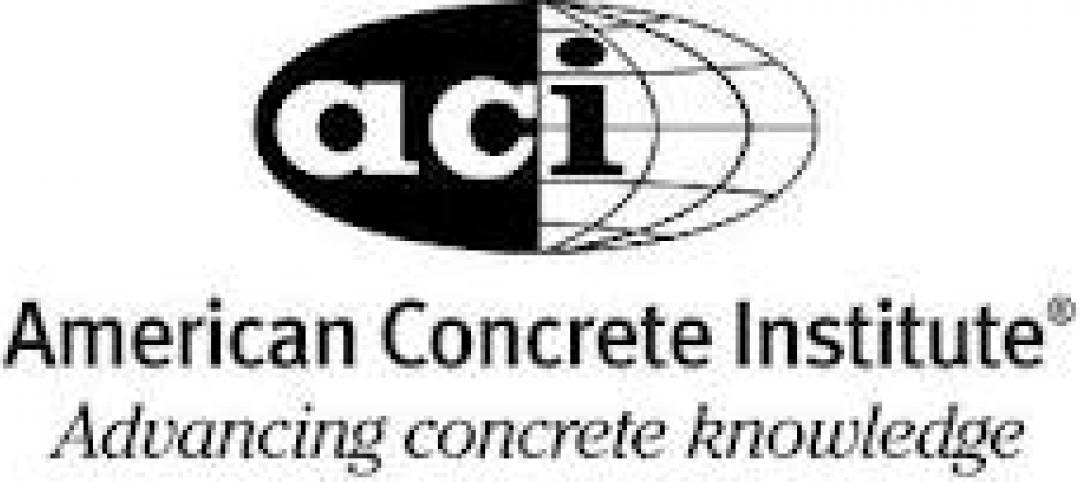The Uni-Bell PVC Pipe Association (PVCPA) recently published the first North American industry-wide environmental product declaration (EPD) for water and sewer piping.
The document has been verified by NSF Sustainability, a division of global public health organization NSF International. The EPD, developed in compliance with international environmental management guidelines (ISO 14025), benchmarks the impacts of seven PVC pipe products across their life cycles.
Impacts covered include PVC pressure pipe for potable water, reclaimed water and sewer force main systems, as well as PVC non-pressure pipe for storm sewer and sanitary sewer systems.
The EPD pinpoints areas of greatest environmental impact as well as the environmental benefits of utilizing PVC piping. For example, the use phase of pressurized potable water pipe, during which pumps overcome friction to move water through pipe, was found to contribute the greatest environmental impacts throughout the product’s entire life cycle. The EPD also identified advantages in this stage such as the smooth interior surface of PVC pipe that minimizes friction and therefore energy consumption. PVC pipe is also corrosion resistant and has a proven durability in excess of 100 years, requiring less frequent replacement.
Related Stories
| Mar 1, 2012
California bill aims to cut costs for commercial building energy retrofits
A bill in the California Assembly would allow the state to pool together property owners’ energy-retrofit loans.
| Feb 29, 2012
Carvalho appointed Shawmut Safety Director
He has been a driving force behind multiple safety-orientated initiatives at Shawmut, including Safety Week, the creation of an online safety manual, and the implementation of a new safety reporting and tracking system.
| Feb 23, 2012
Federal budget cuts put major building projects on hold
A plan to build the National Bio and Agro-Defense Facility in Kansas is among several major building projects in jeopardy after the Obama administration’s 2013 budget was unveiled. The budget would cut all construction spending for the facility.
| Feb 23, 2012
Federal agencies fixed on leasing LEED-certified space
The federal government is especially focused on renting LEED-certified spaces.
| Feb 23, 2012
Regulators investigating construction accident at World Trade Center
The New York Port Authority and the city’s fire and building departments are investigating an accident at the World Trade Center construction site in lower Manhattan after a crane dropped steel beams that fell about 40 stories onto the truck that delivered them.
| Feb 23, 2012
New Virginia statewide building code goes into effect March 1
After March 1, all building plans in Virginia must adhere to the 2009 code that was adopted a year ago.
| Feb 23, 2012
Privatizing flood insurance could lead to new code requirements
One thing that could pave the way toward private flood insurance would be NFIP reforms, like requiring new construction in flood-prone areas to be elevated.
| Feb 22, 2012
ACI BIM manual for cast-in-place concrete in development
The improved communication, coordination, and collaboration afforded by BIM implementation have already been shown to save time and money in projects.















